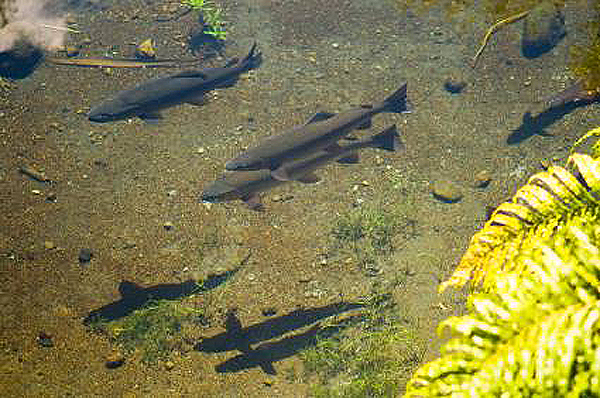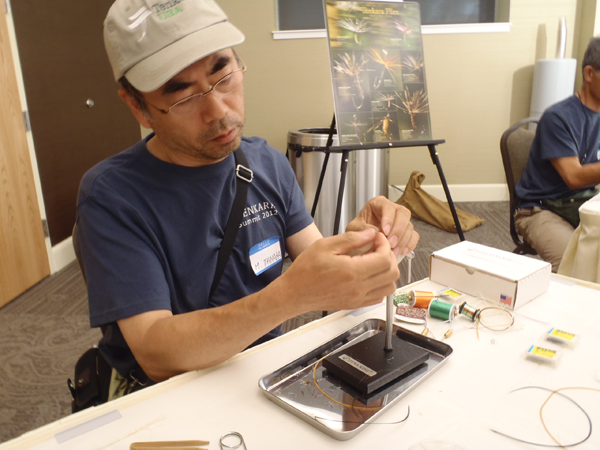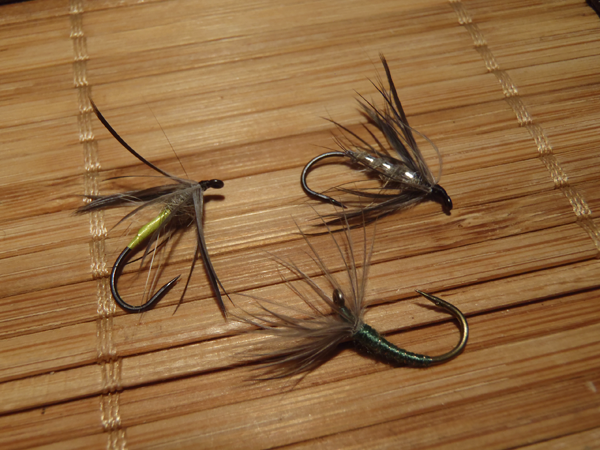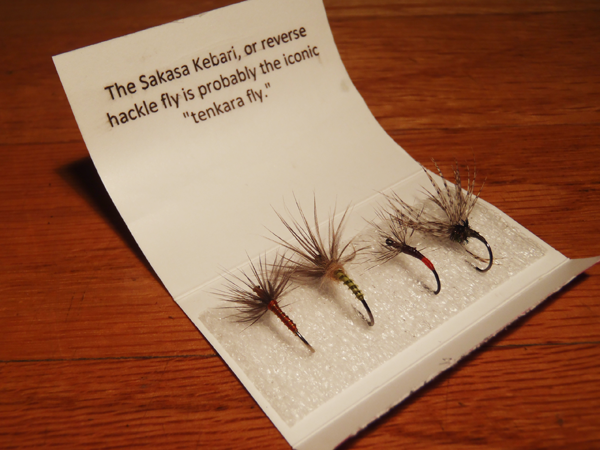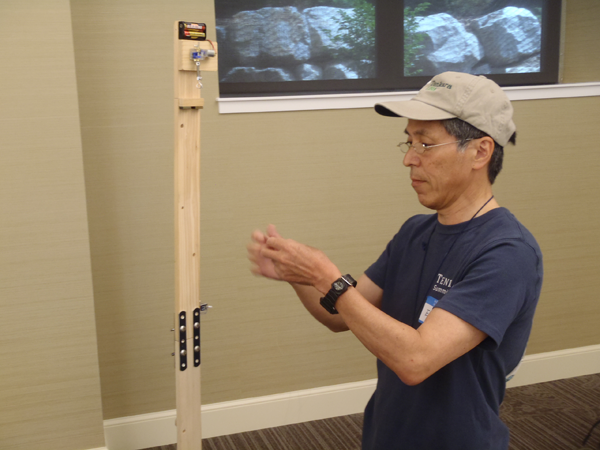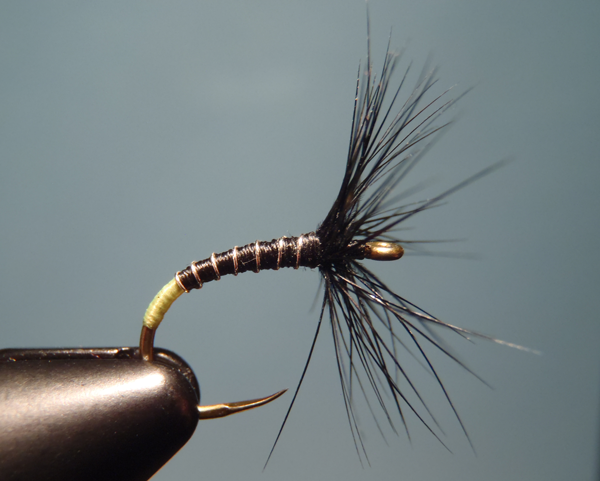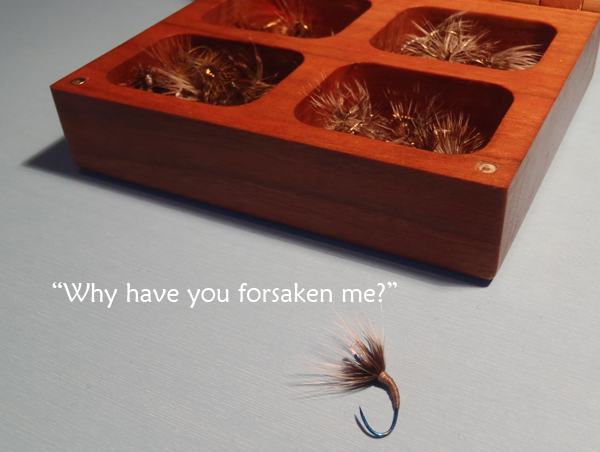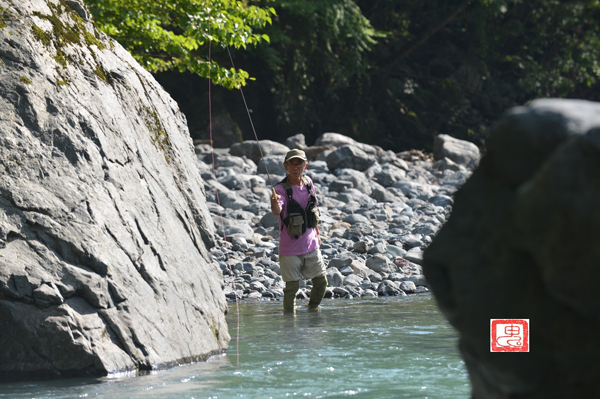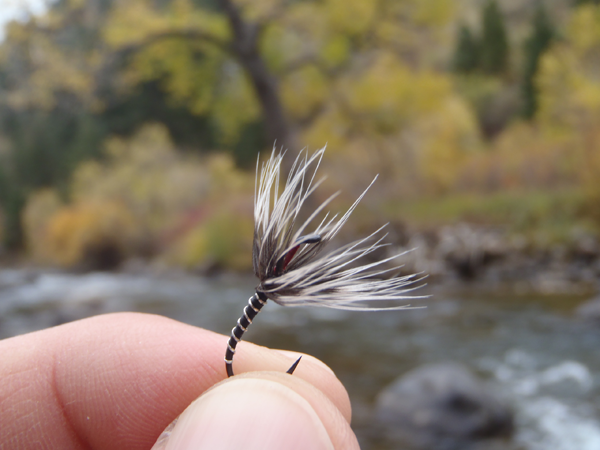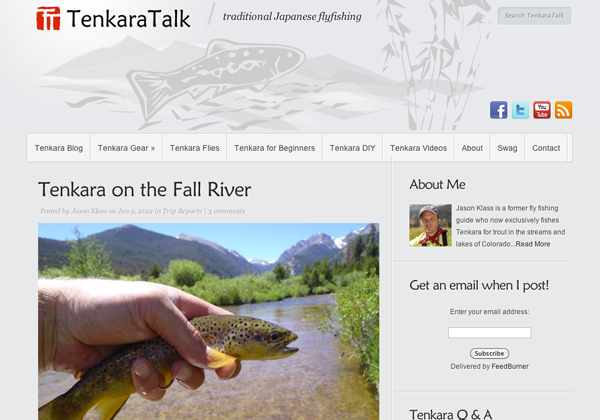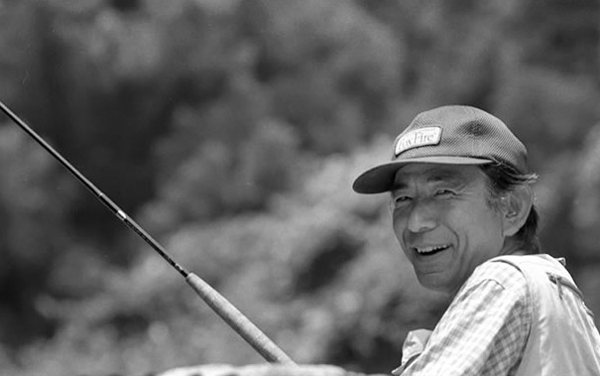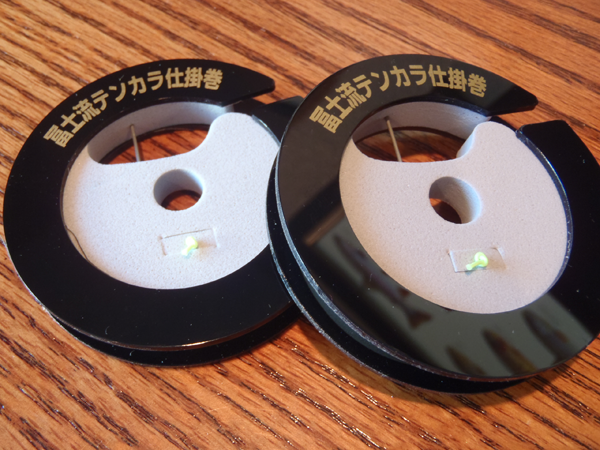Jason is an avid fly angler and backpacker. As a former fly fishing guide originally from Western New York, he moved to Colorado and became an early adopter of tenkara which perfectly suited the small, high altitude streams and lakes there. He has not fished a Western-style fly rod for trout since.
It happens to even the most experienced angler. You come across a magazine-perfect pod of trout in crystal clear water. Your eyes become laser focused on them. Anticipation builds. Your adrenaline kicks in. You plot the first and and can almost feel the trout in your hand already. But then, they scatter as if someone…
For me, the biggest highlight of the 2012 Tenkara Summit was meeting and being able to fish with all the Japanese anglers that attended. It was great to learn about tenkara from people who practice it in its birthplace. As you might imagine, there was a lot of talk and trading of tenkara flies. It…
Fly tiers have it pretty easy these days. Run out of red floss during a marathon tying session of Royal Coachmans? Head down to your local fly shop and pick some up. Need fluorescent pink guinea fowl for a killer new Spey fly? Order in online and it will be at your door in a…
I just got a new tenkara rod today from Tenkara Times (review to follow) and it included a free sampling of some of their sakasa kebari. I didn’t think much of it at first until I opened up the packaging and saw the quality of tying. These are good tenkara flies. Here are some closeups…
A few months ago, I bought my dream car: a Jeep Wrangler. So what makes it a “tenkaramobile”? Well, first and foremost, it is the vehicle that will transport me to all of my future tenkara adventures. But there are a few other tweaks I’ve made to “tenkara-ize” it. Tenkara License Plates Much to…
Anyone who frequently visits the Tenkara USA forums has probably seen posts by someone named “Eddie”. What some may not know is that “Eddie” is actually Eiji Yamakawa, an expert tenkara angler from Japan. We first came into contact when he helped me get my Nissin Prosquare tenkara rod and we have kept in contact…
No, I’m not trying to start a revolution (yet). “Viva” is a color scheme for fly patterns that is extremely popular on the UK Stillwater scene. The original Viva was a wet fly tied by Victor Furse for reservoir fishing but has since become a template color combination of black, chartreuse, and silver and is…
Ever since a I can remember I’ve been doing something that might be considered strange and have always wondered if I’m the only one, or if other anglers do it as well. Basically, I “cull” flies from my fly box. That is, when I take a fly out of my box to fish it, that’s…
I was ecstatic when Masami Sakakibara (AKA, “Tenkara no Oni”) recently agreed to do an interview with me. Tenkara no Oni is not only a tenkara master but is known for his amazing casting style which is often referred to as “magical”. He recently put up an English language website called Masami Sakakibara’s World of…
Don’t be put off by the title. I’m not about to incite a heated debate about what is or isn’t a “tenkara” fly and delve into an infinite loop of semantic minutia. Instead, I thought I would simply list out the criteria I use when selecting patterns that I think work well for tenkara. And…
If you’ve been reading this blog for a while, you’ve probably seen some changes over the years. So I thought it would be fun to give a little history on the site, and where it is now. 1. This website started out as backpackflyfishing.com. Originally, the main focus was on fly fishing and lightweight backpacking…
No matter how many times I see a sakasa kebari underwater, I’m always surprised on how alive they come underwater–with even the slightest twitch. No wonder they’re such effective flies. Here’s a quick video I shot today in both normal speed and slow motion to show how well the hackle moves in the water.
I recently posted about Masami Sakakibara’s (AKA Tenkara no Oni) new English-language website and how it opened up a world of information to the western world. Well now, I’m pleased to announce that Sakakibara-sensei has agreed to do an interview with me! My first reaction was to send over a list of my own questions…
Tenkara line spools seem simple enough. After all, they’re basically just spools. And this might lead on to believe that they’re all pretty much the same. But I’ve found that some actually better than others. I’ve mostly been using spools from Tenkara USA and Leica and have been very happy with them but when I…


